"The ability to target different stages of the buyer journey will optimise advertising success and cost-effectiveness..."
By selling your products online, you’ll give yourself the capacity to increase sales by connecting to a much larger market. To do this, your online presence has to reach the right audience in a compelling way, and you’ve also got to beat the competition. How do you achieve that? Advertising on Google is the best way for small and medium-sized retailers to increase sales online.
This blog post explains the benefits of advertising with Google for small and medium retailers and how to plan your campaign.
What is Google advertising?
Google search ads are displayed at the top of the page of Google search results and on participating partner websites. This gives a very prominent position enabling your audience to easily see your advert to engage with your website and buy your products.
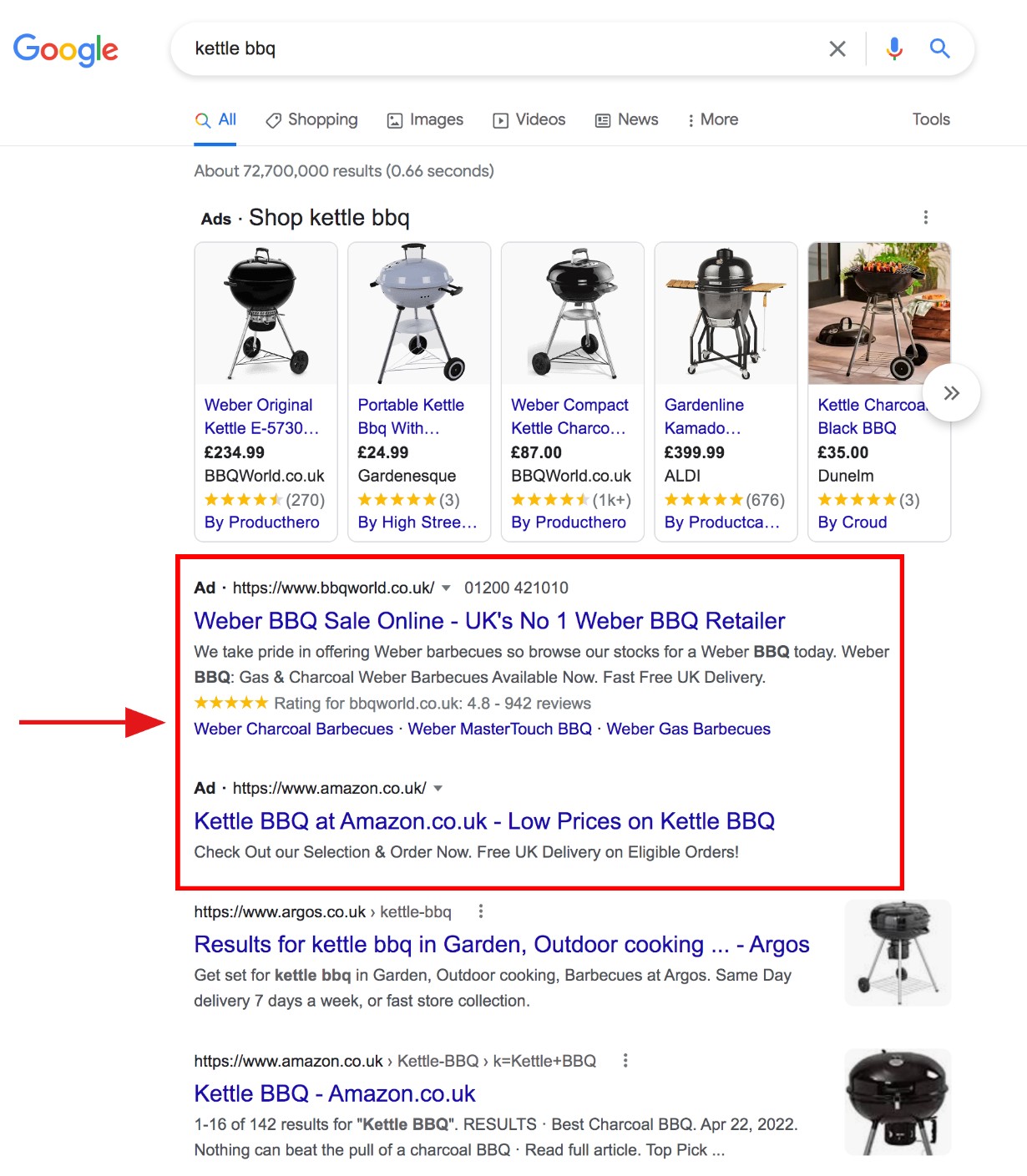
The level of visibility of your advert and the cost you pay for advertising is primarily determined by auction. You control how much you are willing to pay - the higher the bid, the greater the visibility. This also means that the greater the competition in your market, the higher the cost. Crucially, you only pay for the ‘clicks’ you receive on your advert.
Why should retailers advertise on Google?
You only pay for clicks you receive – Google’s adverts are Pay Per Click or PPC. This means that as an advertiser, you only pay for the clicks your ad receives. Each click means a visit to your website, and this way, advertising on Google provides guaranteed website visitors for your spending, providing there are users searching for your product type.
Connecting with customers with purchase intent – Your potential customers enter a specific word or phrase into a Google search based on their buying needs. If your Google Ad is relevant to the search term, it can appear in the results. This way, you will directly connect with customers who intend to purchase the type of products you provide.
Target customers at the specific stage of their buying journey – More than just connecting to customers with intent to buy, you can target your customers at various stages of their buying journey by advertising on Google. The stages of this range from a potential customer’s first awareness and initial research of a product through to their final consideration and purchase. The ability to target different stages of the buyer journey will optimise advertising success as well as cost-effectiveness – more on this later.
Data analytics to enhance sales success – Google provides extensive analytics which shows what’s going well with your advert and what isn’t (two sides of the coin), as well as data metrics which can be used to help understand what improvements you need to make to your advert set-up to maximise sales and boost your revenue. Google also provides data analytics tools and best practices guides to help create an optimal advert from the outset.
Fast results – As soon as your advert is launched, it is potentially visible to searchers. This means that your advert can begin generating sales right away. Using Google’s analytics tools, improvements you make to your adverts can also take effect directly.
Scalable budget commitment – While it varies for each type of product and marketplace, advertising on Google makes it possible to start small and grow. Any starting budget will depend on the competitiveness of your industry and, therefore, the average cost per click. However, some sectors with a low cost per click can be started with a few hundred pounds and then grow accordingly. This removes the risk of high investment at the outset without the data to qualify for success.
Brand awareness – Advertising on Google can also increase a retailer’s brand awareness. Even if your advert isn’t clicked, its display amongst advertisers' results will encourage recognition of your brand name.
Advertising on Google: faster and more likely sales success compared to SEO
There are three main types of advertising on Google to choose from: Google Ads, Google Shopping Ads and Google Display Ads, of which Google Ads and Google Shopping are generally preferable for retailers. All advert varieties can be used together, but their use should be synchronised to optimise spending efficiency and effectiveness.
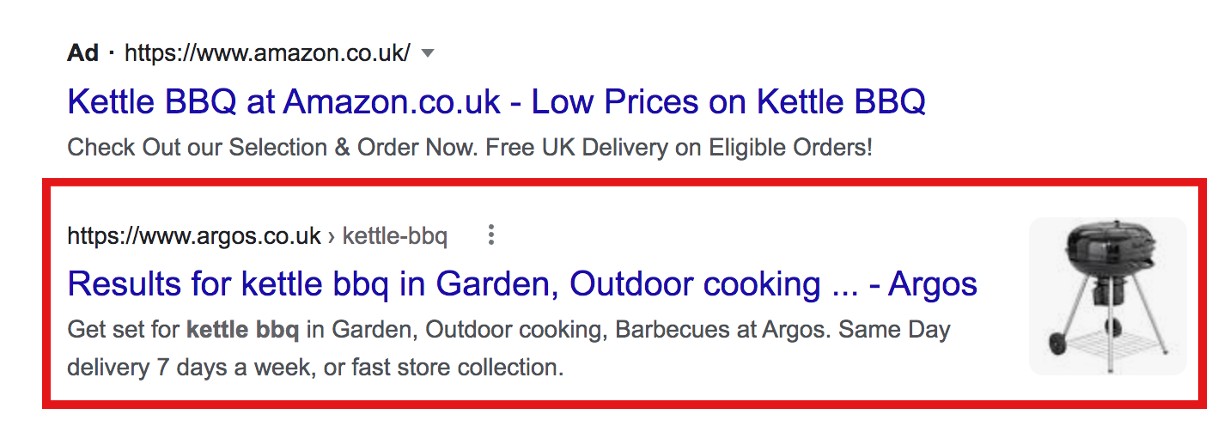
Improving SEO is free only because you don’t pay for the ranking position directly. Ultimately, it’s likely that you could spend more money on SEO resources to improve your organic rankings for SEO than advertising spend.
Crucially, unlike investing in Google Ads, investing in SEO doesn’t provide any guarantees of increased traffic. If you’re sharing a competitive online marketplace against big brands, achieving success in organic search ranking could be very difficult.
If success by SEO is achieved, a high ranking by SEO takes time – usually many months, if not years. Instead, advertising on Google provides a far faster return.
How to start advertising on Google for small to medium retailers
There are three main types of advertising on Google to choose from: Google Ads, Google Shopping Ads and Google Display Ads, of which Google Ads and Google Shopping are generally preferable for retailers. All advert varieties can be used together, but their use should be synchronised to optimise spend efficiency and effectiveness.

Free Report
Spot Errors, See Strategies,
Our Free Report Reveals Key E-Commerce Fixes.
Book Your Call
Google Ads
Google Ads are the text adverts that appear in Google's search results. Located at the top of the search listings, the search result is denoted by the word Ad or Ads, which precedes the search result.
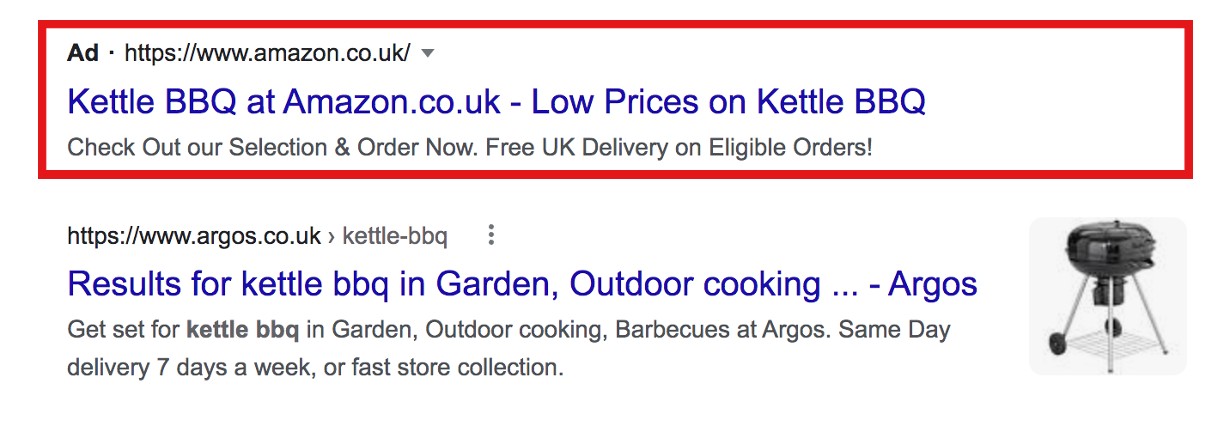
The position in the ranking is determined primarily by an auction of keywords. A keyword is a word or phrase which users search for on Google. The winning bid for the keyword is generally positioned the highest in the results. The greater the competition amongst advertisers for the keyword, the higher the bid cost required to rank highly.
The ranking isn’t just a matter of keyword bidding. Google also factors in relevance, which is largely related to the information on your landing pages (the page where the potential customer will navigate to when they click your ad) and website.
The advantages of Google Ads include all of the benefits listed above in the section ‘Why should retailers advertise on Google?’
Google Shopping
Google Shopping ads are specifically for retailers with products to sell. These ads include product images and prices and can appear alongside Google search results and Google Ads.
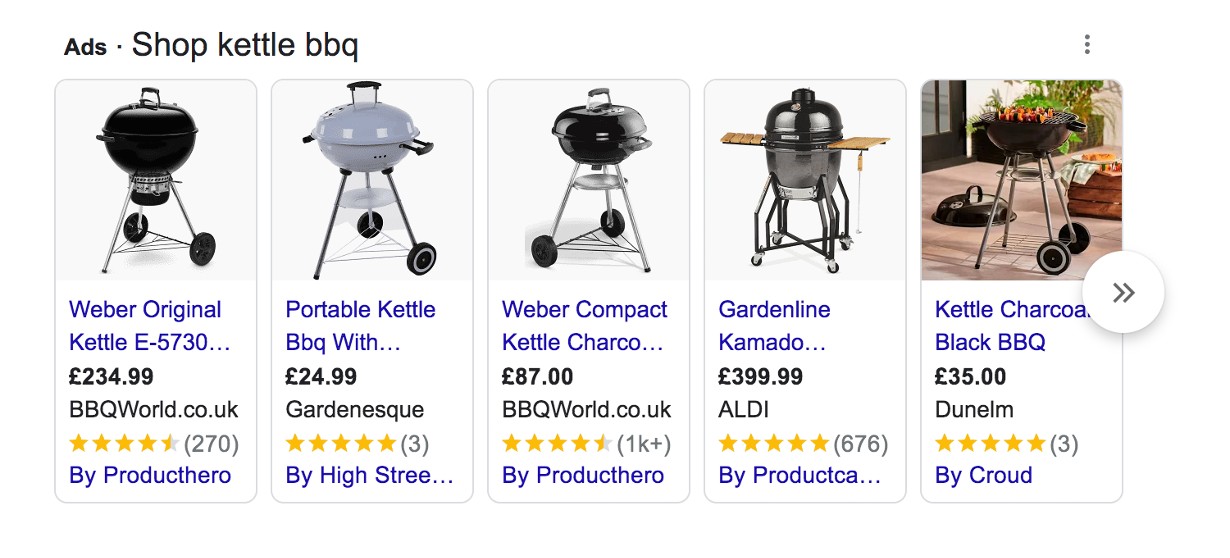
Google Shopping ads also appear in the Shopping tab results selected from Google search.
They can also appear as Display ads on participating websites.
Google Shopping ad position ranking is also established by auction, but instead of keywords, product data is Google’s basis for selection. Payment is by Cost Per Click (CPC) and Cost Per Engagement (CPE), which is when the user expands the ad for 10 seconds or more to view it in full or when the user clicks on the ad.
The advantages to retailers of Google Shopping include closer proximity to purchasing intent (see below for more details on the stages of purchasing intent), a potential for higher engagement through the use of the product image, and the opportunity to easily present multiple products.

Getting Started With
Performance Max
Download Our Step-by-step guide to getting started with Performance Max Shopping Campaigns for your Shopify Store
GET YOUR FREE EBOOKFREE EBOOK
Google Display Network
Google Display Network ads show on third-party websites participating in the Google Display Network. The key difference is that users haven’t searched for a product on Google; instead, the advert is presented directly to them.
The most obvious benefit of a Google Display Network ad is wide reach, which can be highly useful to build brand awareness or sell a generic consumer item. However, the Google Display Network is usually less effective for small to medium-sized retailers because of its less specific focus.
Getting started with Google advertising – the importance of planning
In an upcoming blog post, we’ll discuss the practicalities of how to start your advertising campaign. Before that stage, we need to plan some important aspects.
Planning objectives – It’s vital to establish objectives relating to sales and profit. As a result, it’s crucial to plan for a positive Return on Investment (ROI): the product sales total minus the cost of advertising.
ROI must be tracked to measure Google's Advertising success over time. If it’s low, what can be done to your campaign to increase it? If it’s high, could greater advertising investment boost success further? Key Performance Indicators (KPIs) are measurable markers which can combine towards your overall sales objectives. At the most basic level, your Google advertising KPI must include break-even cost per sale and then can be set to increase accordingly.
Advertising campaign and stages of purchasing intent – To recap, stages of purchasing intent range from first awareness and initial research right through to the point of purchase.
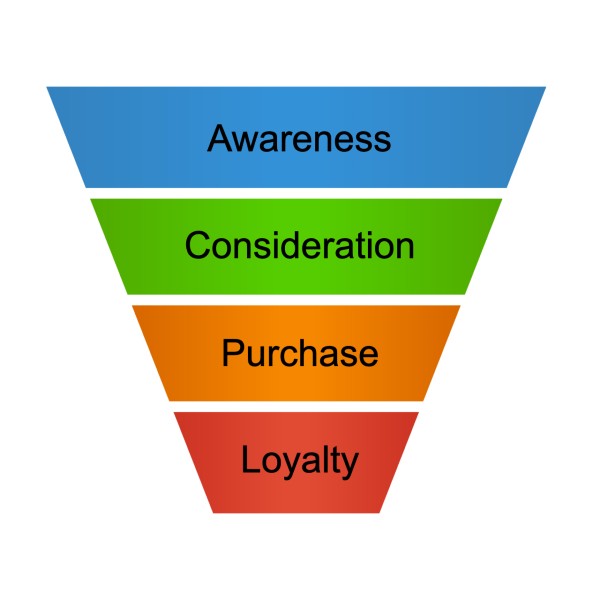
Take barbecues as an example.
- 1. The first search a potential customer may enter on Google could be ‘compare charcoal and gas barbecues'. (This type of search tells us that the potential customer is researching but is not yet ready to buy).
- 2. Their next search could be ‘charcoal barbecues’, resulting in a Google search display of a range of brands and their products. This would help the potential customer identify their choice.
- 3. The final search could be ‘[barbecue brand] and [product name]’ to identify the best price and delivery terms.
As we can see, the stage of purchasing intent can be determined by the type of keywords the potential customer is searching with. You can use this information to optimise the type of ad you would serve depending on the stage of purchasing intent.
Depending on how close the prospective customer is to purchasing, it will also impact how much you want to bid for the advert and the visibility ranking it receives.
What ROI can I expect with Google advertising? – The answer is that it depends on the product and industry, which is driven by the competition and the volume of searches in Google search. Ads could cost thousands per month, but if profitability has increased accordingly, the investment is very often worth it.
You only pay for the cost per click, but there’s no guarantee that clicks will generate extra sales. Therefore, it’s an important part of your strategy to plan your budget and objectives accordingly. To help identify this over the initial phase, it’s more useful to set your budget over a weekly or monthly period rather than daily.
This will avoid exhausting your budget with too few numbers of visitors over time to make a useful calculation on campaign performance. For example, ten clicks a day and no sales don’t mean your advert won’t succeed. However, a more accurate measure of sales success may be taken after 300 clicks. Balanced against this, if your bid doesn’t meet the minimum value required, you’ll also receive too few visitors and limit potential success.
How long should it take to determine ROI? - Like any retail operation, it’s realistic to expect optimum potential to be reached by acquiring data over time to inform and refine the process.
A rule of thumb is to allow three months to break even and six months to hit the sweet spot. After the first month, you will have accumulated enough data to achieve a data-driven opinion of how the ads have performed and the aspects which need to be changed to increase success.
For example, if the data shows that your product has received a high volume of clicks but a relatively low number of purchases, what’s the reason? Perhaps there’s an issue with the ad content or a wider business reason, which brings us to…
The importance of your products and sales operation – Google Advertising is not the only aspect crucial to retail success. Your website must have relevant, useful content displayed in a compelling and professional way. Your products must meet the right price compared to the competition, and they must be supported by an effective operation, including availability and delivery.
Want to launch your own Google advertising retail campaign?
We would be happy to advise further on how you can launch your own Google advertising campaign. Call us on 01743 612 001 or launch@clickpilot.co.uk

Book A Discovery Call
Looking for tailor-made PPC strategies? Our team is here to help you maximize your online store's potential. Book a discovery call with us for personalised insights and solutions.
Book Your Free ConsultationBook Your Call